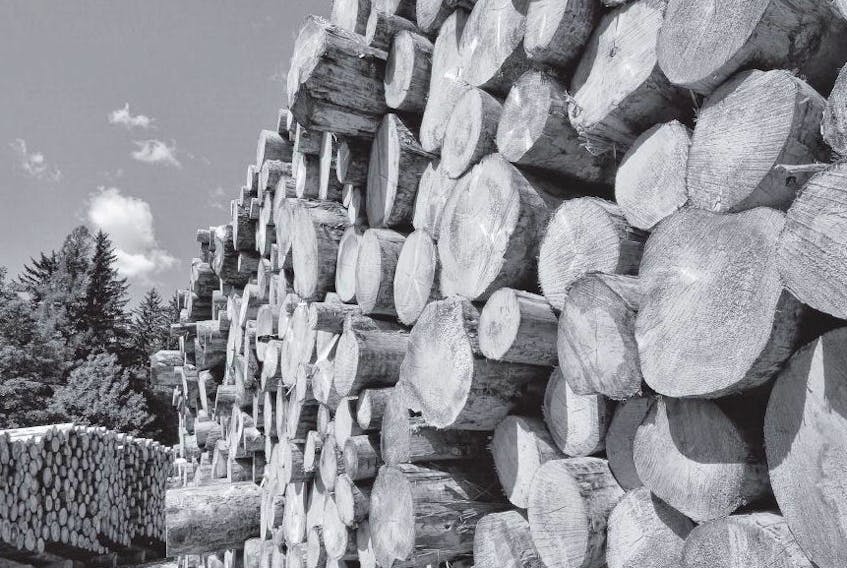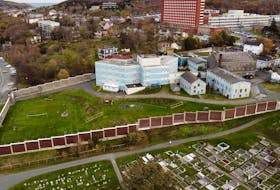Re: “Clearcutting forests adds much to climate-change fire” (Dec. 29 Business commentary).
Recently on these pages, armchair forester Peter Ritchie of the Healthy Forest Coalition did some high school math to discover that living forests are mostly stored CO2 (true), therefore less harvesting would curb global warming.
Well, duh . . .
What he failed or forgot to say was that when uncut trees die — as they will — they rot and out-gas most of that CO2.
I say most, because the underground CO2 — stumps, roots and leaf mould — stays put far longer. Even the above-ground part takes decades; but gasify it will, even without clearcutting.
Nature recycles everything, wastes nothing. It’s we humans who waste stuff.
What to do? Ironically, one way to slow this out-gassing is to convert living trees into durable products like buildings, dinner tables, even cardboard and paper.
But the best time to do this is before they go into decline. Young trees sequester (store) CO2 far faster than aging trees. After late middle age — say, 40 for a fir, 100 for a sugar maple, 250 for a hemlock — slower growth and normal attrition cause a net loss.
That’s why pulpwood rotations
are short. Peak growth ensures optimum fibre output — for a time. However, over time, as 19th-century German foresters found out — per-hectare yields fall off due to soil exhaustion and erosion.
I say this because Mr. Ritchie accuses me of defending current clearcutting practices. Untrue. Salvage cuts, yes. Small-patch cuts, yes. Shelterwood forestry (carefully phased cuts to foster natural regen), yes. Massive industrial cuts? No.
What I tried to do in my Dec. 15 Forest Funeral critique was to explain how forest abuses from the early 1700s helped create today’s low-grade fibre woodlands. To repeat, those abuses include:
• Massive 18th century refugee land-clearing of rich Acadian interval woodlands;
• Widespread 19th-century farm abandonment leading to pasture spruce/balsam fir invasion;
• Huge shipbuilding demand on pine and larch;
• Vast summer-long, humancaused wildfires (no Lands and Forests / Department of Natural Resources fire crews or lookout towers until the 1930s);
• Human-introduced pathogens (e.g., beech canker) The result? Most of our highquality, multi-species, all-aged mixed woods were replaced by low-grade, even-aged conifer stands fit only for paper-making. This is especially true of Crown lands, which are the ragtag leftovers, which the province bought up at bargain rates from the 1940s on.
Industrial clearcutting only worsens these problems. But it’s an effect, not the cause. No one builds a multi-million-dollar paper mill for fun. There must be a suitable wood supply and a hungry fibre market.
Markets are where we come in. “We” can be Asians, Europeans, Americans, Canadians. Of the four, we rank near the top of paper users and wasters — and near the bottom of world paper recyclers.
One example: toilet tissue. Each of us flushes away at least a roll a week. For Nova Scotians alone, that’s roughly 50 million a year. Unless we switch to moss (Indigenous moms successfully diapered their babies with green peat moss), I don’t see a solution.
As long as that holds true, we’ll need clearcutting. No other method can feed our huge and growing appetite. And, short of 400 years, no amount of marching can restore our lost Arcadia.
Face it, Peter — we’re all complicit in clearcutting.
Gary L. Saunders lives in Clifton, Colchester Co. Saunders’ forestry memoir, My Life with Trees: A Sylvan Journey (Gaspereau Press, 2015), won the 2016 East Coast Non-fiction Literary Award.









